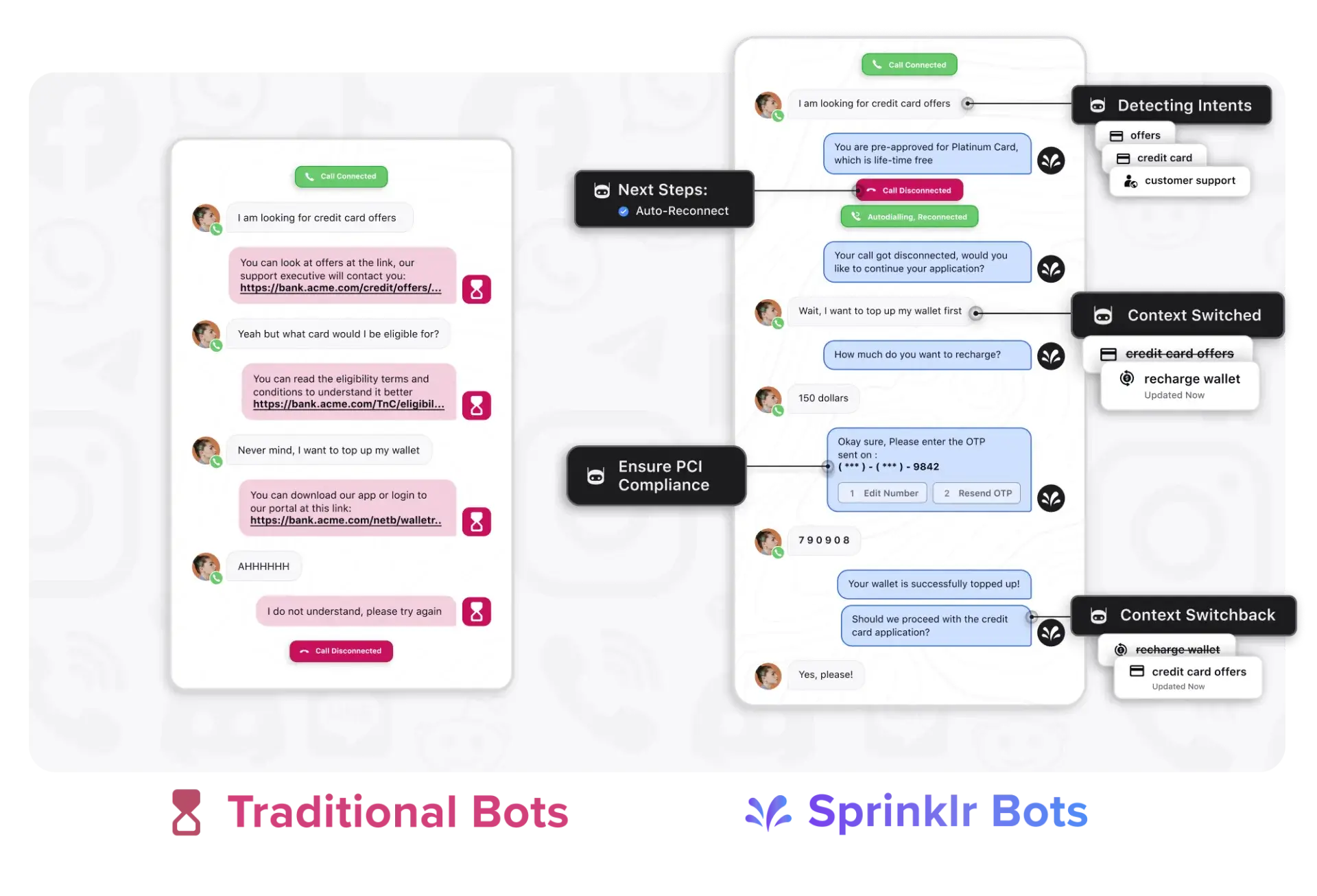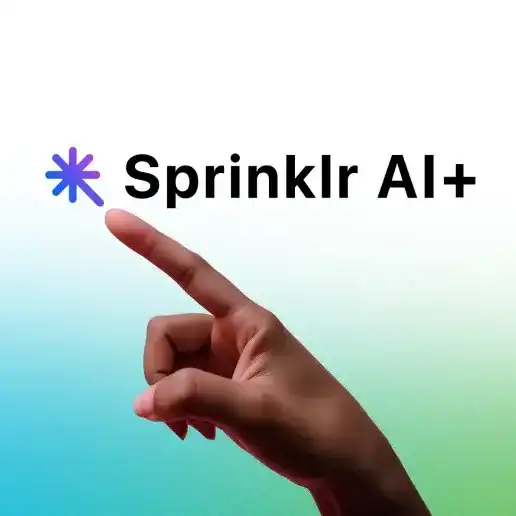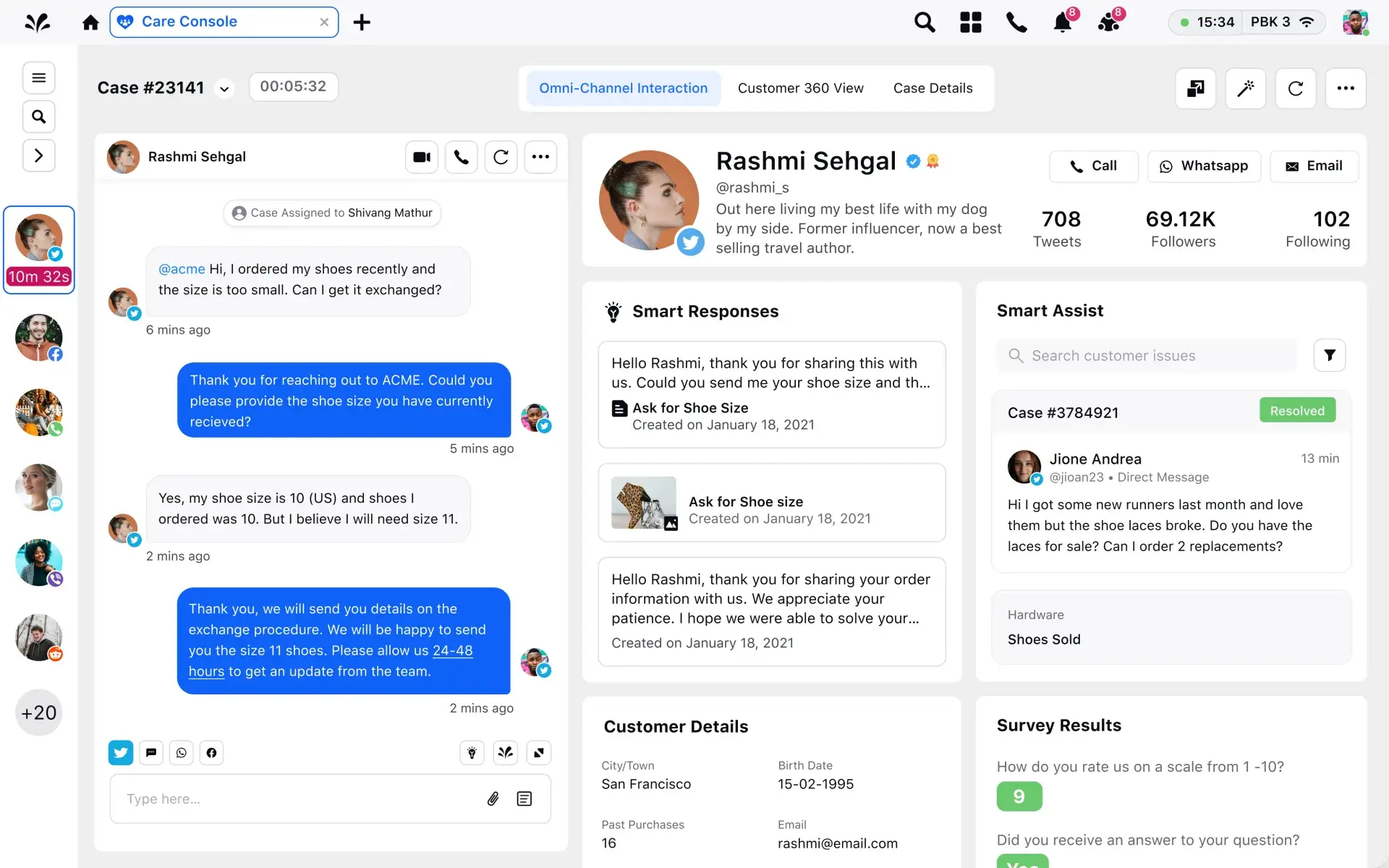The AI-first unified platform for front-office teams
Consolidate listening and insights, social media management, campaign lifecycle management and customer service in one unified platform.

What’s next for Contact Centre Automation?
Martin Hill-Wilson, a prominent thought leader in the customer service and CX space, explores the future of contact centre automation
As with other technologies that enable contact centres, automation continues to evolve.
It was baked into the core systems from the outset of the industry. For instance, call distribution has always been automated; the efficiency of outbound dialing is predicated on automated list management; call recording has been doing its core job for years without manual intervention.
But where is it headed next? To answer that question, we’ll need to first revisit how far contact centre technologies have evolved to get us here in the first place.
The evolution of contact centre capabilities
Over the last decade, point solutions that each solve a different challenge have been brought together. We now expect unified channels and desktops as standard functionality.
- Unified channels simplify the logic of triaging and routing across voice, text, or video. This allows managers to quit ‘cut and paste’ spreadsheet channel reporting. It also improves the quality and timeliness of insight for decision-making.
- Omni-channel capabilities combined with aligned skill development enables more sophisticated workforce forecasting and scheduling.
- Unified desktops have an equally positive impact, putting an end to multi-screen toggling. This allows users to speed up resolution times and refocus their attention on meeting customer needs and expectations. Access to a simplified workspace also reduces ‘time to competence’ for anyone new to the job.

None of this is brand new. Organisations have been acquiring and digesting these benefits over the last decade. Some are mature users while others are still getting used to these new ways of working.
Meanwhile fresh waves of technology disruption continued the underlying process of integration and automation. The emergence of open standards, APIs, and micro services designed architecture used in conjunction with cloud platforms allowed the next version to emerge.
These CCaaS (Contact Centre as a Service) solutions rapidly expanded from unified channels and desktops into complete ecosystems of orchestrated functionality. Underwritten with the core promise of everything being designed to work together. In effect, this created a common home for knowledge, customer data, workflow, and customer engagement.

Omnichannel CCaaS solutions power unified conversations
Migrating to cloud-based CCaaS has helped simplify the virtualisation of contact centre estates by bringing every site under a single, shared architecture. This offers greater flexibility for capacity management across locations and time zones. It helps resolve the heightened risk of failing to meet spikes in peak demand – a growing problem since COVID.
Operational management benefits from ‘out of the box,’ 360-degree views of performance. It allows a quick view of what’s happening across the entire team, as well as performance comparisons between agents doing the same job in different locations.
CCaaS also increases first time resolution rates. Given today’s more complex world of channel choice and customer expectation for low effort and rapid resolution, traditional call centres had to break free from the restriction of only being the home of voice engagement. CCaaS upgraded that capability, allowing them to seamlessly continue conversations with customers across online and offline channels.
For example, how do we enable the transition from a service journey that starts in an app, support portal or TikTok shop into a voice call without the resolution path ending up as two disassociated conversations? Until recently, this was a recurrent issue in customer experience design.
For those with long memories, it’s a similar challenge that CTI (computer telephony integration) solved all those years ago: a form of automation still in use to provide basic personalisation in IVR queues. It’s all about carrying context across the divide and enabling continuity.
A CCaaS ecosystem can recognise and track any customer digital footprint that originates online. Then send that data (behaviours/interactions) to an advisor desktop when needed. This enables the experience of an ongoing conversation even though it is now being hosted in the contact centre.
Meanwhile in the background, systems of record such as CRM (customer relationship management) and CDP (customer data platform) are updated.
CCaaS also helps service teams collaborate across organisational boundaries. Using video as a visual troubleshooting tool allows in-field support teams to reduce the number of expensive face-to-face visits. Instead, these sessions can be hosted in a local contact centre or home working environment.
Less complex issues can also be resolved (partially/fully) remotely using bots trained in appropriate technical knowledge and maintenance processes.

My final example of CCaaS automation benefits shows how it helps CX leaders meet their number one challenge: the impact of silo behaviour. As I mentioned earlier, workflow is a commonly embedded feature in CCaaS ecosystems. And workflow can be designed to travel wherever it is needed, even securely between organisations.

Promoting a common way of working can help dissolve functional boundaries. So, instead of clashes between back, middle, and front office teams around inbox priorities and work item visibility, a commonly shared workflow changes the narrative to one about low-effort collaboration around collectively managed journeys.
The Rise of the Bots
So far, we have explored how the embedded features in cloud platforms, and the CCaaS solutions that are built on top of them, have removed many dead-ends that customers and advisors hate. As a result, things can flow more smoothly.
With this foundation in place, organisations have been exploring the next milestone of automation benefits. This aims to tackle the numerous examples of repetitive, manual administrative work that front-line teams waste their time on and get fed up with.
RPA (robotic process automation) has been a popular intervention for service leaders looking to increase the productivity of their teams.
This goal has only increased in importance as corporate budgets have shrunk and demands for greater efficiencies have grown.
RPA aims to automate repetitive and rules-based business processes. It uses software robots, or 'bots', to automate routine tasks that human workers typically perform on their computers. It can interact with any software like a human user would.
Let’s explore a few of the most common use cases.
After a customer interaction is completed, agents can set up RPA to complete administrative chores that eat into their available customer engagement time. For instance, they can automatically extract key details from an interaction, such as customer name, contact details, the time, date, and duration of the interaction. Using pre-defined rules, they can also infer and record contact reason, outcome, actions taken, or commitments made to the customer. And, of course, alerts can be triggered when SLAs are breached.
In addition to time saved, bots deliver more excellent logging and categorisation consistency, especially in high turnover environments with less opportunity for advisor calibration sessions. And no human can reproduce the speed at which bots execute tasks. Up to five times quicker, according to the experts.
Moreover, this form of automation can be used for quality assurance on the data by checking for completeness, consistency, format/address validation, CRM duplication and the like. The quality of data and reporting improves as a result.
Generative AI is the next step in Contact Center Automation
If we fast forward from this generation of automation to the most recent in the form of generative AI, we can expect even more. For instance, a summary of that customer conversation can be automatically added to their interaction history even with a note on the customer’s mood at critical points during the conversation.
Given that its value lies in the name, what else can this form of AI generate that can help drive customer contact efficiency and free up people’s time?
- What about the ability to auto-generate new content for a knowledge management hub based on spotting gaps during the conversation?
- What about auto-tagging conversation topics and auto-generating new training content from recorded conversations to optimise and extend the abilities of conversational bots more rapidly? These self-refreshing maintenance cycles are already being deployed.
- What about spotting new training needs and auto-designing micro-learning content for advisors after a particular interaction? The idea of being able to deliver constantly evolving, personalised learning journeys at scale is an exciting one for the L&D community.
Here’s another generative AI feature I want to highlight. The quality of the summaries it produces is not just about the content. It’s about context as well. Skilled instruction of Generative AI influences its communication style as well. That means it can use an appropriate writing style for each use case: the contact summary, the knowledge article, the micro module etc.
The same benefit can be applied to influence customer experience directly. Consider the value of sending that customer a summary of their recent conversation, together with the list of next actions. This builds trust and signals they have been fully listened to. Generative AI can tailor the language to match those experiential aims.
Or what about extending this capability to an associated use case?
Generative AI could proactively send a personalised marketing offer based on recognising an unmet need during the service interaction. Everything known about that customer can influence how an offer is communicated and even what is offered.
That said, now is a good time to mention the often-repeated caveat that Generative AI needs to be deployed in a way that respects privacy, copyright, avoids the contamination of training data bias and ensures the integrity of its output.
Responding to those challenges, I want to highlight two ways forward.
- The first is to ensure content is based on enterprise knowledge regarding what is offered to customers and advisors. (Unified Customer Records)
- Second, using a ‘human in the loop’ to quality control output remains the best bet. This implies that the assistance from generative AI solutions is best applied to advisors rather than directly to customers through self-service. (Agent Assist)
Unified Customer Record
The evolution of post-interaction automation has come a long way from simple contact categorisation to initiating timely marketing offers built on individual needs. Given current capabilities, much of this will be beyond their reach for some organisations. For others, the prospect is not so far away or has already begun.
Remember the earlier point I made about the benefits of a unified foundation, especially one infused with AI capability? So that ‘build once, deploy everywhere’ benefits then flow across the entire ecosystem. Organisations that are ready in this sense are the ones who will be able to initiate the type of marketing campaigns I just mentioned.
This has a strategic impact.

In effect, the combination of increasingly smart workflow automation, real-time intention recognition and smart content generation allows Service, Sales, and Marketing teams to align their activities in new and transformational ways.
They can engage across the whole customer lifecycle, leveraging the full scope of insight to adapt, optimise and innovate with most of the heavy lifting being increasingly automated.
Agent Assist
This latest generation of agent assist is already impacting productivity, resolution quality and customer satisfaction. It is being delivered as an ongoing stream of relevant content in the language of choice for advisors to weave into their conversations. It replaced the static ‘cut and paste’ in prior generations of text and messaging solutions.

And, of course, advisors have the benefit of being able to refer to prior interactions using the auto-generated summaries mentioned earlier.
Summarising the future of contact centre automation
Hopefully, this exploration of how automation has shaped possibilities in customer service proves its fundamental importance. It drives productivity, moves customer service from reactive to proactive responsiveness and changes the engagement quality for both customer and advisor. It allows organisations to extend the impact of the human touch.
Automation is not a single technology solution. It’s a fusion of capabilities with AI’s power and rapidly evolving capabilities at its core. It continues reinventing how customer service is designed and delivered, opening the door to deeper organisation collaboration.
